Identify the product when one equivalent of HBr reacts with 1-pentene-4-yne
To determine the product of the reaction between 1-pentene-4-yne and one equivalent of HBr, we will follow these steps:
Step 1: Understand the Structure of 1-Pentene-4-yne
1. Identify the structure: 1-pentene-4-yne has a total of 5 carbon atoms. The "1-pentene" indicates a double bond at the first carbon, and "4-yne" indicates a triple bond at the fourth carbon.
- Structure:
CH2=CH−CH2−C≡C−H
Step 2: Determine the Type of Reaction
2. Identify the reaction type: HBr will undergo an electrophilic addition reaction with both the alkene (double bond) and the alkyne (triple bond). However, the double bond is more reactive towards electrophiles compared to the triple bond.
Step 3: Electrophilic Attack
3. Electrophilic attack on the double bond: The H+ from HBr will preferentially attack the double bond (C=C) of 1-pentene-4-yne.
- The double bond will break, and H+ will attach to the first carbon, forming a carbocation on the second carbon.
- Resulting structure after H+ addition:
CH3−CH±CH2−C≡C−H
Step 4: Nucleophilic Attack
4. Nucleophilic attack by Br-: The Br- ion will then attack the carbocation formed on the second carbon.
- This results in the addition of Br to the second carbon.
- Final product structure:
CH3−CH(Br)−CH2−C≡C−H
Step 5: Write the Final Product
5. Final product: The final product of the reaction is 1-bromo-2-pentene-4-yne.
- Structure:
CH3−CH(Br)−CH2−C≡C−H
Summary of the Reaction
The reaction of 1-pentene-4-yne with one equivalent of HBr results in the formation of 1-bromo-2-pentene-4-yne.
---
1. Identify the structure: 1-pentene-4-yne has a total of 5 carbon atoms. The "1-pentene" indicates a double bond at the first carbon, and "4-yne" indicates a triple bond at the fourth carbon.
- Structure:
CH2=CH−CH2−C≡C−H
2. Identify the reaction type: HBr will undergo an electrophilic addition reaction with both the alkene (double bond) and the alkyne (triple bond). However, the double bond is more reactive towards electrophiles compared to the triple bond.
3. Electrophilic attack on the double bond: The H+ from HBr will preferentially attack the double bond (C=C) of 1-pentene-4-yne.
- The double bond will break, and H+ will attach to the first carbon, forming a carbocation on the second carbon.
- Resulting structure after H+ addition:
CH3−CH±CH2−C≡C−H
4. Nucleophilic attack by Br-: The Br- ion will then attack the carbocation formed on the second carbon.
- This results in the addition of Br to the second carbon.
- Final product structure:
CH3−CH(Br)−CH2−C≡C−H
5. Final product: The final product of the reaction is 1-bromo-2-pentene-4-yne.
- Structure:
CH3−CH(Br)−CH2−C≡C−H
The reaction of 1-pentene-4-yne with one equivalent of HBr results in the formation of 1-bromo-2-pentene-4-yne.
Topper's Solved these Questions
- BOOK - MOTIONCHAPTER - HYDROCARBON EXERCISE - QUESTIONS6videos
HYDROCARBON
- BOOK - MOTIONCHAPTER - HYDROCARBON EXERCISE - Exercise - 185videos
HYDROCARBON
- BOOK - MOTIONCHAPTER - GRIGNARD REAGENTEXERCISE - EXERCISE-216videos
GRIGNARD REAGENT
- BOOK - MOTIONCHAPTER - IONIC EQUILIBRUIMEXERCISE - Exercise -4 (Level -II)14videos
IONIC EQUILIBRUIM
Similar Questions
Knowledge Check
- Question 1 - Select One or More
Identify the product when A reacts with
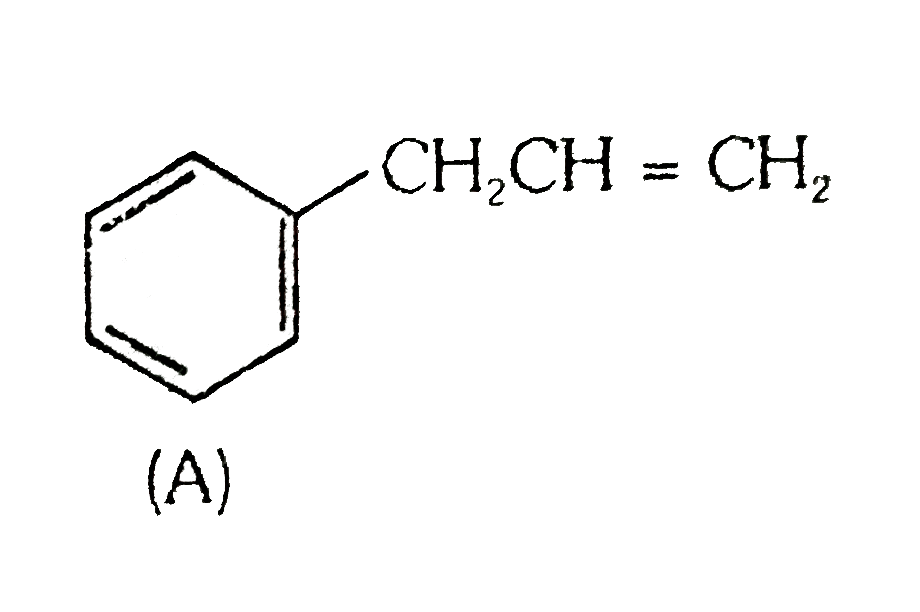 ABr2/FeBBr2/CCI4CNBSDHBr
ABr2/FeBBr2/CCI4CNBSDHBr - Question 2 - Select One
What would be the product when 2-pentene reacts with HBr-
A2-bromo pentaneB3-bromo pentaneCboth A and BD1-bromo pentane - Question 3 - Select One
Find out the product when compound reacts with NaBH4:
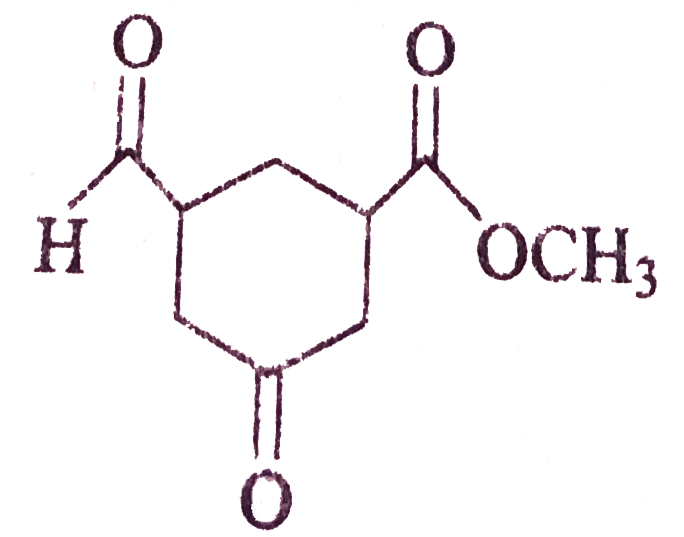 A
A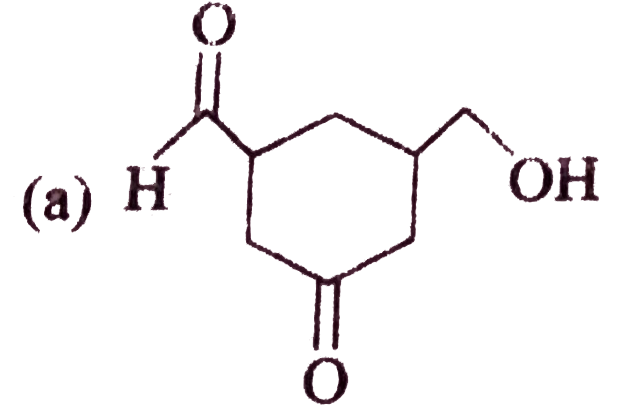 B
B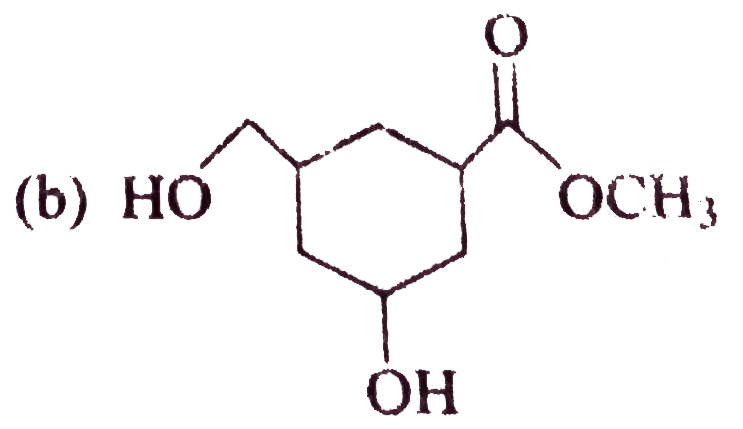 C
C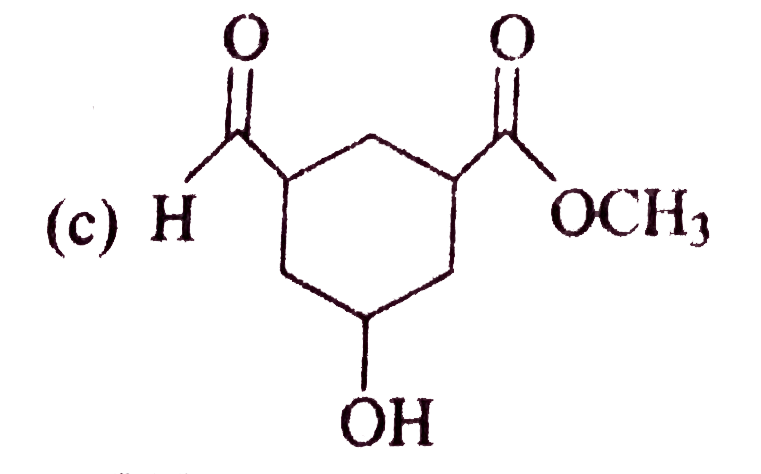 D
D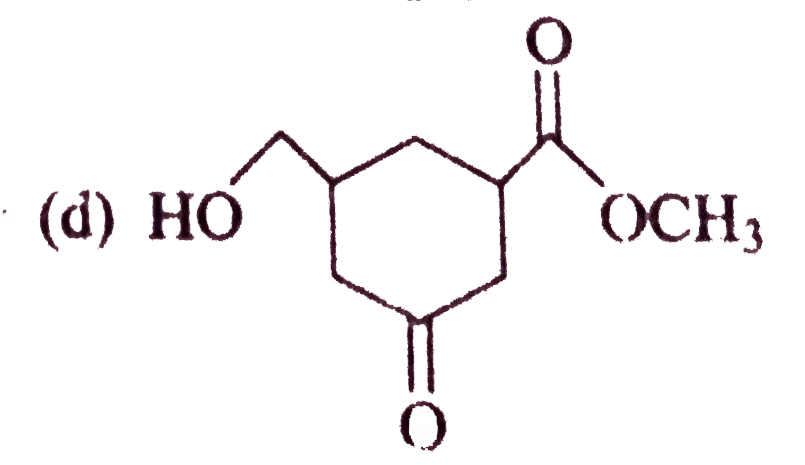
3,3-dimethyl-1-penten-4-yne
View SolutionIdentify the major product obtained when anisole reacts with bromine in ethanoic acid
View SolutionThe number of stereoisomers obtained by the addition of 1equivalent of HBr to hept- 2 -yne is
View SolutionPredict the major products when reagents react with 2- phenyloxirane
(a)sodiumphen⊗ (b)HBr
View SolutionWhat would be the main product when propene reacts with HBr ?
View Solution

